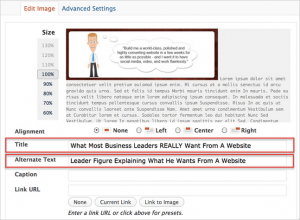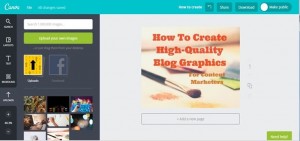
There are two significant problems that crop up often in content marketing. The first is that you may not have enough time, budget or even personnel to create the fabled ‘high-quality’ content. The second is that you may find a hard time getting your audience to actually pay attention or consume your content.
The latter problem is because people have an extremely short attention span these days. In fact, according to a study from the University of Hamburg and the University of Hannover, more than fifty percent of internet users stay on a webpage for less than 10 seconds.

The best way to overcome both of these issues is to produce microcontent – like the image above. However, the definition of microcontent is much broader than traditional material you might publish on a blog or news feed. Before we can explore some interesting ways to implement it, let’s take a moment to better understand what it actually is.
What is Microcontent?
A simple explanation is that microcontent is any type of public or published content delivered in a bite sized quantity. The idea behind it is to get a potential audience interested as quickly and efficiently as possible. The term can apply to a variety of media types such as images, audio, video, URLs, Metadata, emails, text messages, trackbacks and more. In truth, it can be applied to any medium so long as the message remains short in context.
According to Jakob Nielsen:
“Microcontent is short content, like headlines, which need to be immediately clear and inviting to a reader, and which still make sense when removed from their original context.”
Here are some common attributes found in microcontent:
- General focus on useful and precise information, and includes only what your audience needs or wants
- Offers bite-size chunks of information or streamlined content
- It’s always standalone or conveys the entire message without requiring additional reading or resources
- Always presented in the same format even across multiple platforms
- Clearly visible branding and calls to action
- Highly shareable content, that encourages interactivity and social sharing
- Not exclusive to a single channel, or platform
- Published on a consistent and reliable schedule
For the most part, microcontent is much easier to produce than long form content or infographics because of brevity. It’s also naturally shareable and presents opportunities to drive traffic and leads; similar to how we might do this with infographics, but with more flexibility across platforms.
Platforms like Vine, Twitter, Pinterest, Instagram and others help cement the longevity of microcontent as a long-term strategy. As we’ll see in the following examples, compact media is easy to repurpose as we promote on different mediums.
How to Implement Microcontent
Creating microcontent can be pretty straightforward. We want compelling, yet concise material that’s small enough to fit on every platform we use. We don’t want bloated or lengthy messages. Here are eight microcontent examples we can immediately start using:
1. Use photographs and images to convey your point with small captions.
The best places to share content like this are Twitter, Instagram, Pinterest, Facebook, and Google Plus. We might as well start with the most popular form of microcontent: memes.
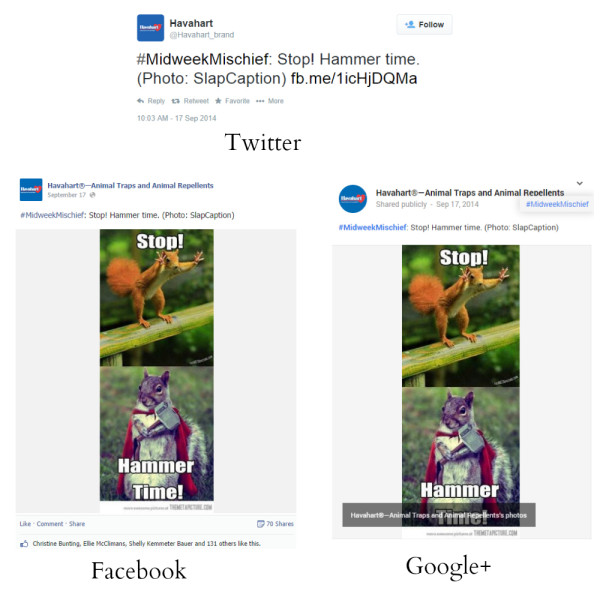
Since our focus is on driving traffic and leads with microcontent, this example demonstrates how an eCommerce site uses memes/microcontent to achieve that. In the example above, Havahart maintains the same meme across three social platforms. Beyond the instant humor and gratification of memes we often seek more – we’ll continue looking through the streams. Someone who enjoys the meme may feel more inclined or even more comfortable clicking on a link in the social stream that directs to a product. In this sense, microcontent diversifies our content feeds and can humanize our brand a bit more than competitors who strictly post propaganda.
2. Produce micro-videos in a related series that hook customers.
These are great to share on Vine, Instagram and other networks. Lowes does an excellent job of this by producing short clips offering DIY how tos for customers:
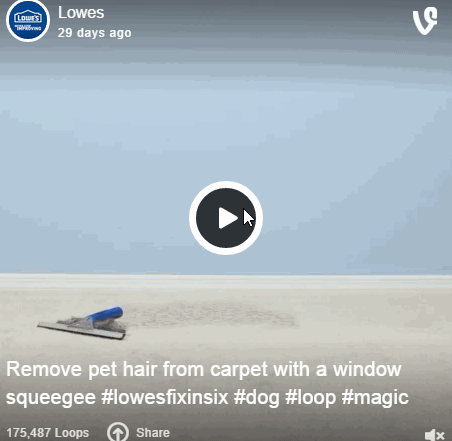
3. Offer customer tips, highlights and interesting links that are useful to your customers.
Keep in mind, you should never blatantly advertise or promote your brand in this way. AccuWeather uses this strategy to deliver a comparison on past weather. It adds a unique twist to weather updates and makes their content more compelling:
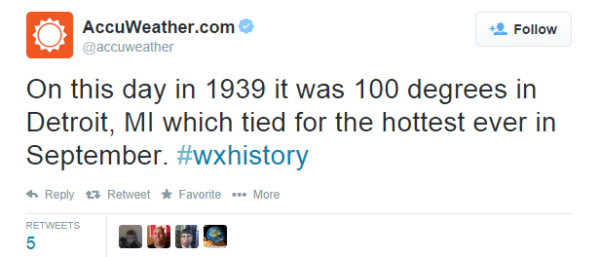
4. Curate content from other sources that ties in to your own material, brand or strategy.
Be sure to tell your audience why they would be interested, as well. Web applications can base their entire foundation on microcontent – just look at Bit of News.
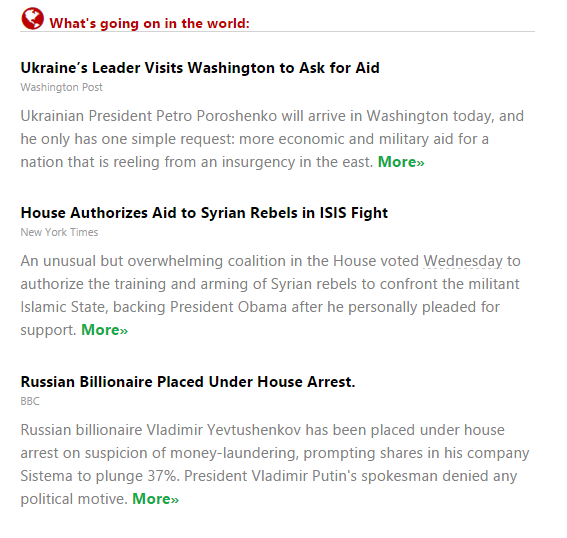
Their entire model is based on microcontent forms of lengthy news pieces – one sentence summaries – that we can digest in ten seconds.
5. Use clever headline copywriting to pull your audience and customers in.
Buffer’s co-founder, Leo Widrich wrote an excellent post providing tips on how to do this, so if you need help in that department it’s definitely worth a read. A perfect and very recent example of this – which also funnels in qualified traffic, ready to convert – comes from the Newegg Facebook page:
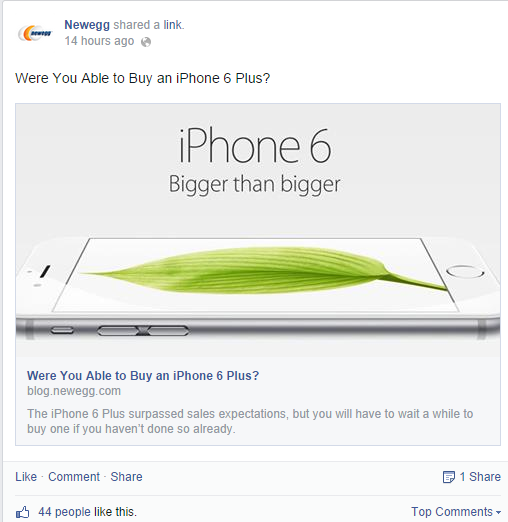
The headline is extremely relevant since 10 million iPhones sold out within three days. The high-resolution image compliments the headline and all traffic clicking through is clearly interested in an iPhone 6 – which is thoroughly linked to throughout their very informative blog post.
6. Tailor your content to the platform you’re publishing on.
For example, Facebook offers more room to explain content, whereas Twitter restricts posts to fewer characters. The same post should be restructured as it travels across different platforms. Take a look at this Visually Facebook post compared to this Twitter post for a great example:

You also may have noticed how Havahart – from the first example – did not include an image in their twitter version. This may be due to having posts automate from Facebook feeds, which is a missed opportunity to include media that fits!
7. Always include a call to action, or tie-in to your brand.
You don’t want your microcontent to go viral devoid of links or mentions to its creator. The source should be obvious, but that doesn’t mean it should be prime and center. A small logo, reference link or even mention is perfectly suitable.
8. It should be responsive, or accessible from multiple platforms and devices.
In the marketing world this is referred to as stackable content. The Walking Dead’s Story Sync app is an excellent example of this strategy.
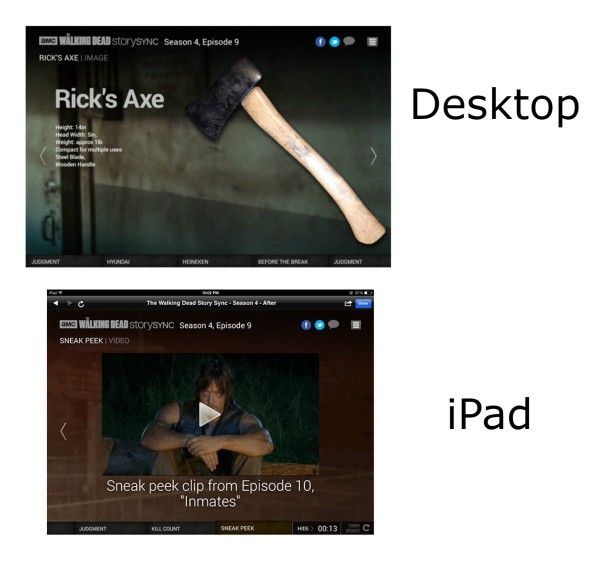
An Effective Approach is to Combine Microcontent and Long-Tail SEO
Even if you are producing regular microcontent you still need quality, and long-tail SEO material. One popular practice is to combine the two types of content and link them between one another. For example, you could generate a mini infographic about one of your posts, use a relevant screenshot or extract a single tip to produce a micro video. Think “quick tips from our in-house expert.”
The idea is not to replace traditional content entirely with your microcontent. Microcontent will not have a direct correlation to your search rankings, especially when it is spaced between multiple platforms. Instead, it acts as the top of the traffic acquisition funnel.
The best way to ensure you have a healthy balance between micro and macro content are to follow these steps:
- Write well-researched, informative content readers can actually extract value from
- Try to adopt your long-tail phrases from the beginning and do your best to sync them across published content. Look at Adwords and Google “Suggest” to determine keywords and phrases.
- Scale your content creation properly to compliment long-form pieces or landing pages. Consider hiring freelance designers or testing microcontent with free design tools like PicMonkey or Canva.
- Don’t overextend your reach and stretch yourself thin, pick the best platforms to deliver content – based on your strategy and brand – and stick with them
- Remain consistent and reliable with content – stagnant feeds are not competitive
Be Strange
Don’t be afraid to try something new or strange. The term “microcontent” is so broad that it can be used in a multitude of ways – some of which content marketers have yet to discover. It is incredibly versatile and can be used for different tasks such as public service announcements, support for quality content, generating social interest on platforms like Facebook and Twitter, and even pitching new data to journalists or bloggers.
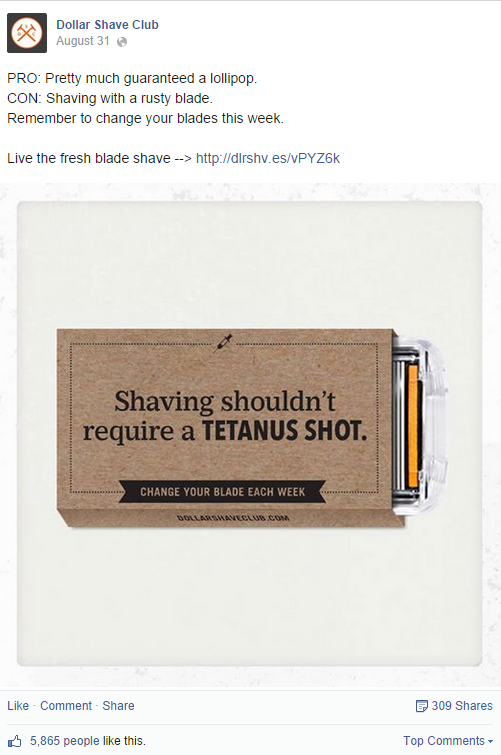
The primary goal of microcontent is to drive traffic from the initial platform it’s posted on to a page that converts. Consider questions or teasers – cliffhangers that make readers click through without skipping a beat.
What’s the strangest / most effective type of microcontent you’ve seen recently?
Business Articles | Business 2 Community
(418)




